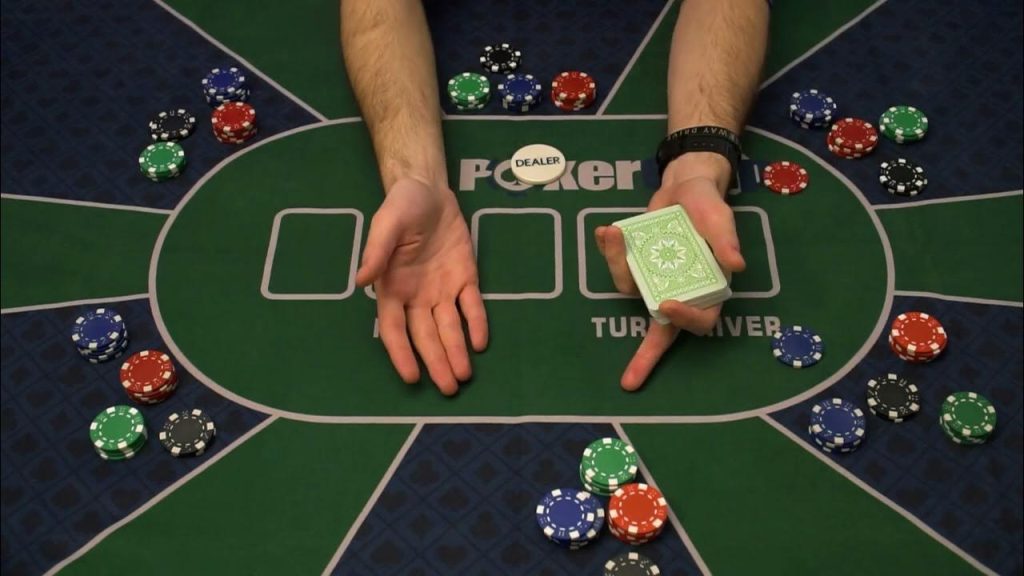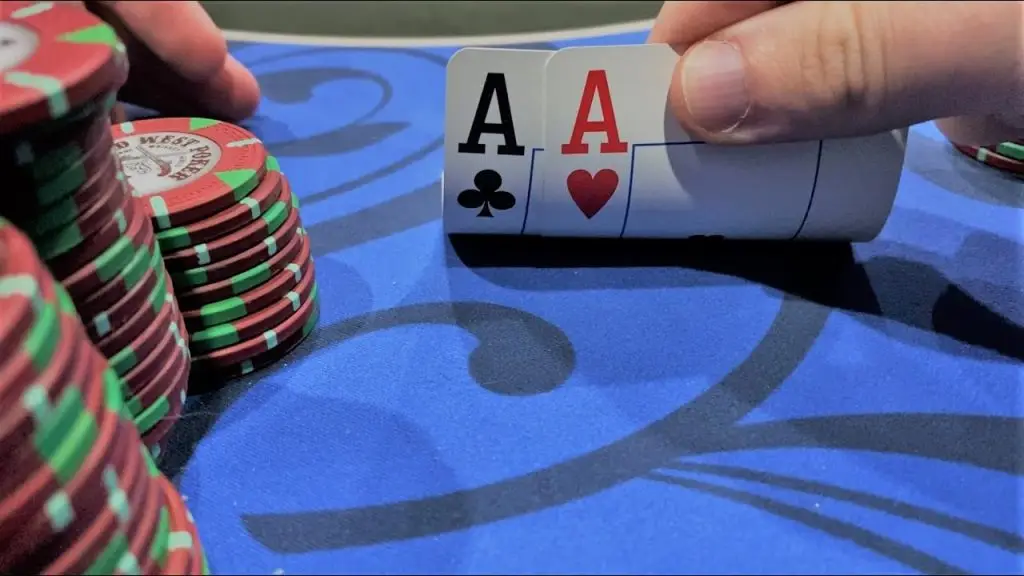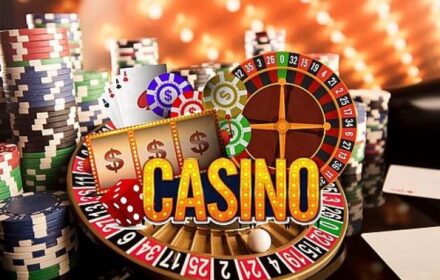Millions of hands have proven that successful Texas Hold’em play is much more than just collecting strong combinations. It is a discipline that requires a combination of logic, intuition, and constant analysis. Each table becomes a laboratory, and each hand is a valuable experience where you calculate probabilities, read opponents, and manage your stack as a financial asset. In this article, we will discuss in detail the strategies of playing Texas Hold’em.
Basic principles: the core of your tactics
The foundation of a successful Texas Hold’em strategy consists of three key elements: choosing starting hands, positional advantage, and bankroll control. Players in the top 100 according to the GPI (Global Poker Index) fold up to 80% of their starting hands, understanding that only 15-20% of combinations truly give an advantage preflop. Even a pair of aces (AA) has about an 85% chance against a random hand. The position at the table dictates the pace and the amount of available information: the player on the button acts last, receiving 30% more data, allowing them to regulate bets, bluff effectively, and expand ranges.

On the contrary, early positions require strict discipline and playing only with the strongest hands. Bankroll control allows you to dictate the game’s pace, vary your actions, and avoid overpaying with medium-strength hands, using isolating raises, check-behind, and deviation from obvious bets.
Hand development: strategy on each street
 Playing Texas Hold’em goes through four main stages: preflop, flop, turn, and river. A successful player always plans for the entire hand, rather than just reacting to current events. On the flop, it is crucial to “read” the board texture: a dry board (e.g., K♠7♦2♣) reduces the probability of strong draw combinations from opponents, allowing for more aggressive play, while a wet board (e.g., 8♠9♠10♠) signals many possible flushes and straights, requiring more caution.
Playing Texas Hold’em goes through four main stages: preflop, flop, turn, and river. A successful player always plans for the entire hand, rather than just reacting to current events. On the flop, it is crucial to “read” the board texture: a dry board (e.g., K♠7♦2♣) reduces the probability of strong draw combinations from opponents, allowing for more aggressive play, while a wet board (e.g., 8♠9♠10♠) signals many possible flushes and straights, requiring more caution.
The turn, adding the fourth community card, fundamentally changes the dynamics: on this street, opponents bluff less, as the pot becomes larger, and each mistake costs more. On the river, every decision is crucial: successful players evaluate not only the strength of their hand but also the range of possible hands of an opponent who has reached this stage. Statistics show that a bluff on the river without a made hand works in 21% of cases, but its effectiveness always depends on the context.
Bluff as a subtle tool
An effective bluff is not a random bet but a plausible story that your hand “tells” from preflop. A successful bluff takes into account reputation (more convincing from a player who has already shown strong combinations), stack size, and position (a short stack limits maneuvers, and an early position reduces bluff creativity) and context (the system works when the opponent believes your story rather than looks for weakness).
Impact of stack depth on tactics
The depth of your stack significantly influences tactical possibilities. With a short stack (less than 20 BB), the push-fold strategy is relevant, where you have only two decisions: go all-in or fold. With a medium/deep stack (50-100+ BB), there is room for multi-barrels (sequential bets), traps, and a more varied aggressive style. Professional growth in poker is impossible without systematic thinking and a structured knowledge base; universal tactics serve as a framework onto which situational decisions are threaded.
Flexibility – the key to success
Success in poker is not achieved with a universal approach. It is essential to constantly adapt to the table, opponents, and tournament phase. Among time-tested tactics are: ABC play (straightforward strategy for micro-limits), exploitative strategy (attacking specific opponent weaknesses), GTO (Game Theory Optimal) – a balanced approach that cannot be exploited, and adaptive strategy – constant adjustment of style in response to table dynamics, which is the foundation for experienced players. In addition, bankroll management – a Texas Hold’em strategy that goes beyond the table, protecting against “tilt” and ensuring long-term play through setting limits.
Understanding these tactics transforms the game from intuitive chaos into a logical decision-making system. It is strategic flexibility that distinguishes a strong regular player from a random lucky one. For example, in the WSOP-2022 tournament, a player with 10♠9♠ used a bluff on the flop A♣K♦7♣, continuing aggression on the turn and forcing the opponent to fold J♠J♦. Composure, position, and a consistent story brought in a 180 BB pot. Analysis of 10,000 online hands showed that strategies based on position and tight-aggressive models bring on average 14% more profit than loose-passive ones.
Adjusting to the opponent’s style
Understanding the opponent’s style allows for advantageous attacks and defenses. Against a loose player, intensify tight play and bankroll control. Against a tight player, expand the range of bets and aggression. Analyzing habits over 15-20 hands provides a fairly accurate behavioral portrait.
Bankroll control and game pace
Controlling the bankroll means dictating the game pace. With a short stack, it is more effective to accelerate the action, reducing the space for bluffs and semi-bluffs. With a deep stack, on the contrary, it is possible to wear down the opponent with systematic pressure on later streets, increasing bets and testing the limits of their range.
Mistakes avoided by professionals
Professionals eliminate randomness. Mistakes arise from discipline violations, overestimating hand strength, and untimely pressure. Typical miscalculations include: calling out of position with a marginal hand (reduces control), blind betting without board analysis (leads to losses), and premature or too frequent bluffing (loses effectiveness). Statistics from major poker rooms indicate that over 60% of losing players violate basic strategic principles, starting a hand without a clear plan.
Adapting strategy to the format of Texas Hold’em play
Strategy in poker varies significantly depending on the format. Tournaments require resource conservation: in the early stages – a tight model with minimal risk, in the middle – activation of play in position and hunting for short stacks, and at the final table – precise work with push/fold ranges and consideration of ICM (Independent Chip Model). Unlike tournaments, cash games focus on maximizing EV (Expected Value), which includes multi-barrels, multi-street plays, and greater variability, especially in deep stacks, where calculating pot odds (probability of improving the hand) plays a crucial role.

Differences between online and offline poker
Online play accelerates the pace, requires lightning-fast decisions, and relies on statistics. HUD (Heads-Up Display) tools, range tracking, and GTO program optimization are actively used. Offline play requires intuition and reading live reactions (micro-movements, breathing, pauses). Observational skills are a priority here. The playing style is often more cautious than in aggressive online play.
Texas Hold’em playing strategies: the main thing
 Strategies for playing Texas Hold’em are not rigid dogmas but flexible tools. They need to be combined, adapted, and supplemented depending on the specific context. At the table, victory goes to those who not only know but apply this knowledge accurately and flexibly. A well-structured plan, supported by experience, analysis, and psychological sensitivity, will give you an advantage in any phase of the game.
Strategies for playing Texas Hold’em are not rigid dogmas but flexible tools. They need to be combined, adapted, and supplemented depending on the specific context. At the table, victory goes to those who not only know but apply this knowledge accurately and flexibly. A well-structured plan, supported by experience, analysis, and psychological sensitivity, will give you an advantage in any phase of the game.
 en
en  ru
ru  de
de  ar
ar  es
es  nl
nl  hi
hi  fr
fr  it
it  pt
pt  el
el 



